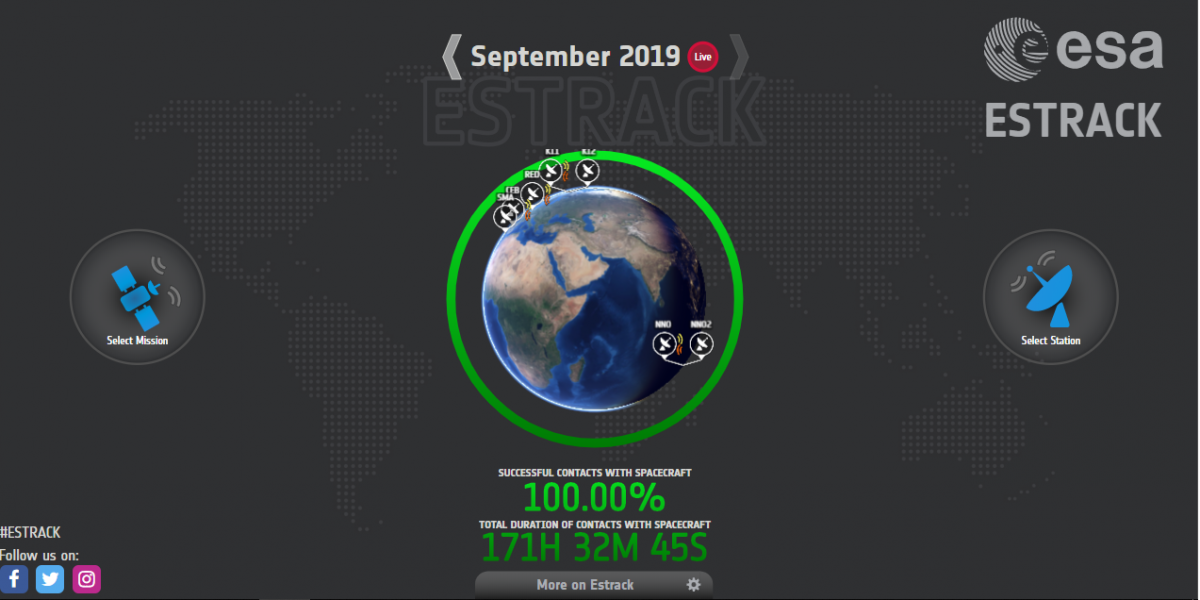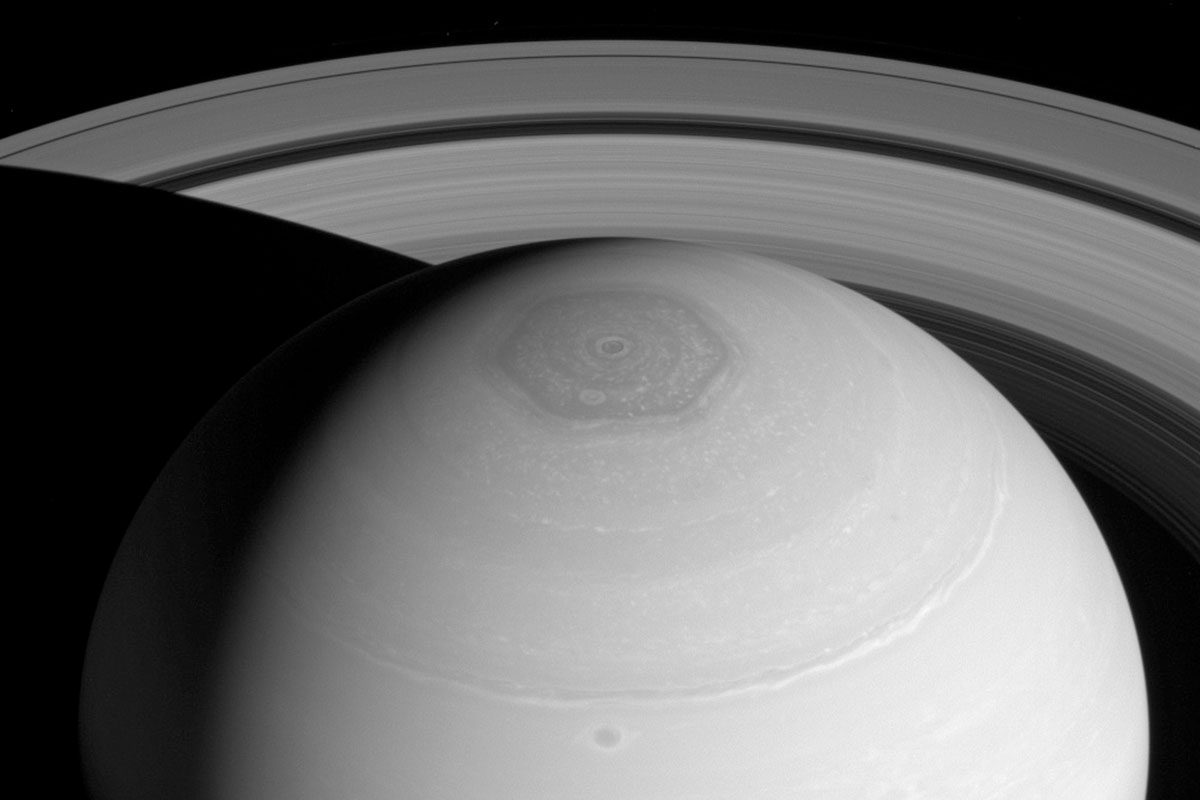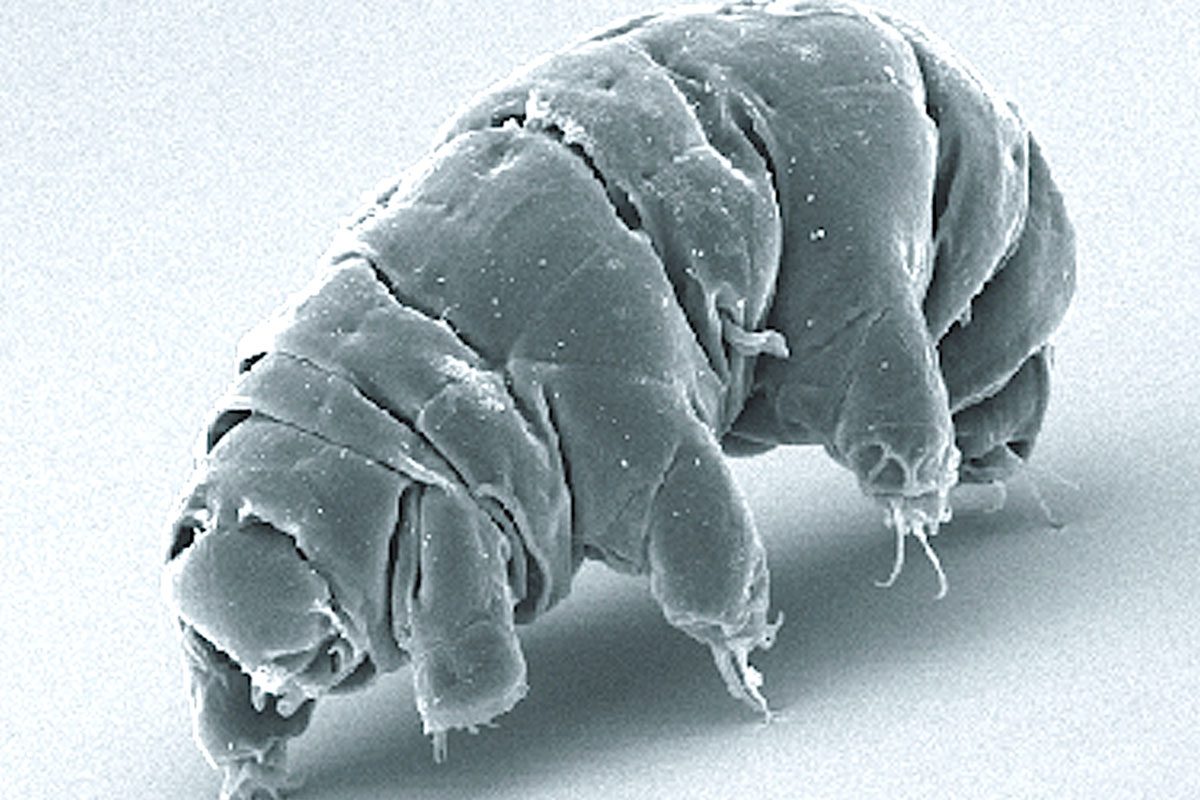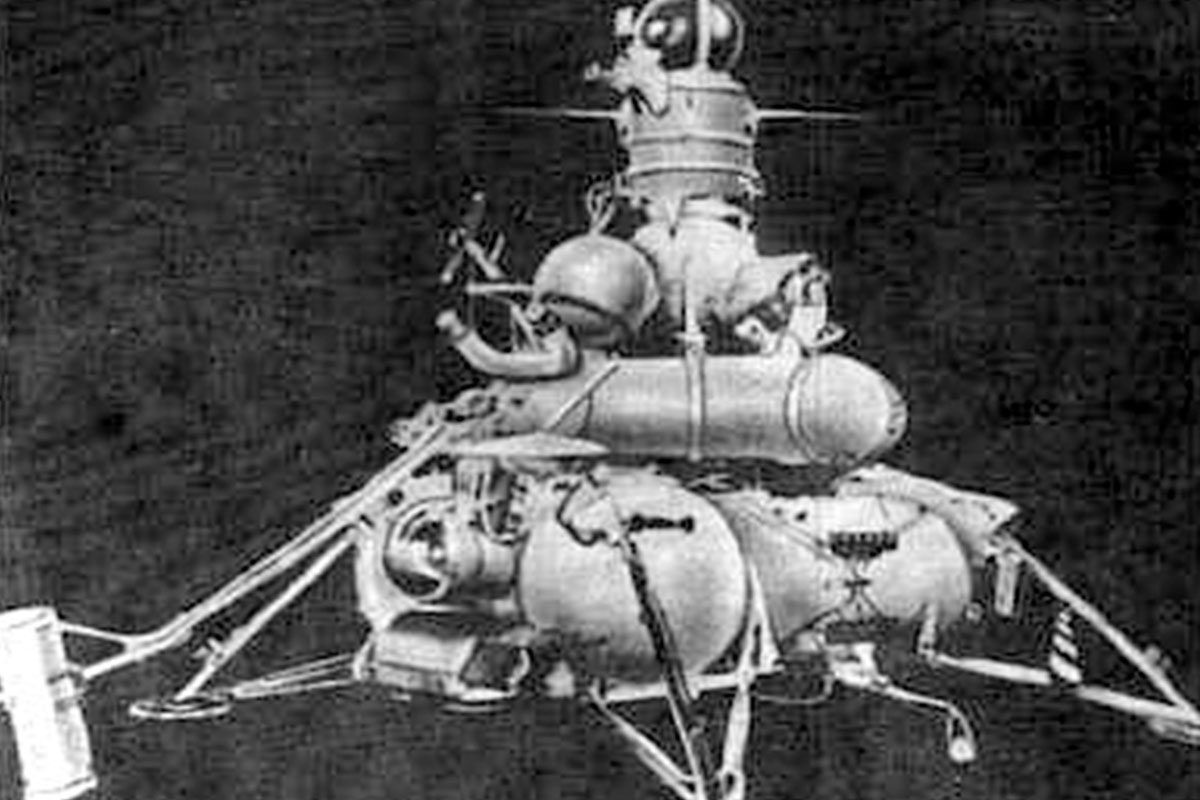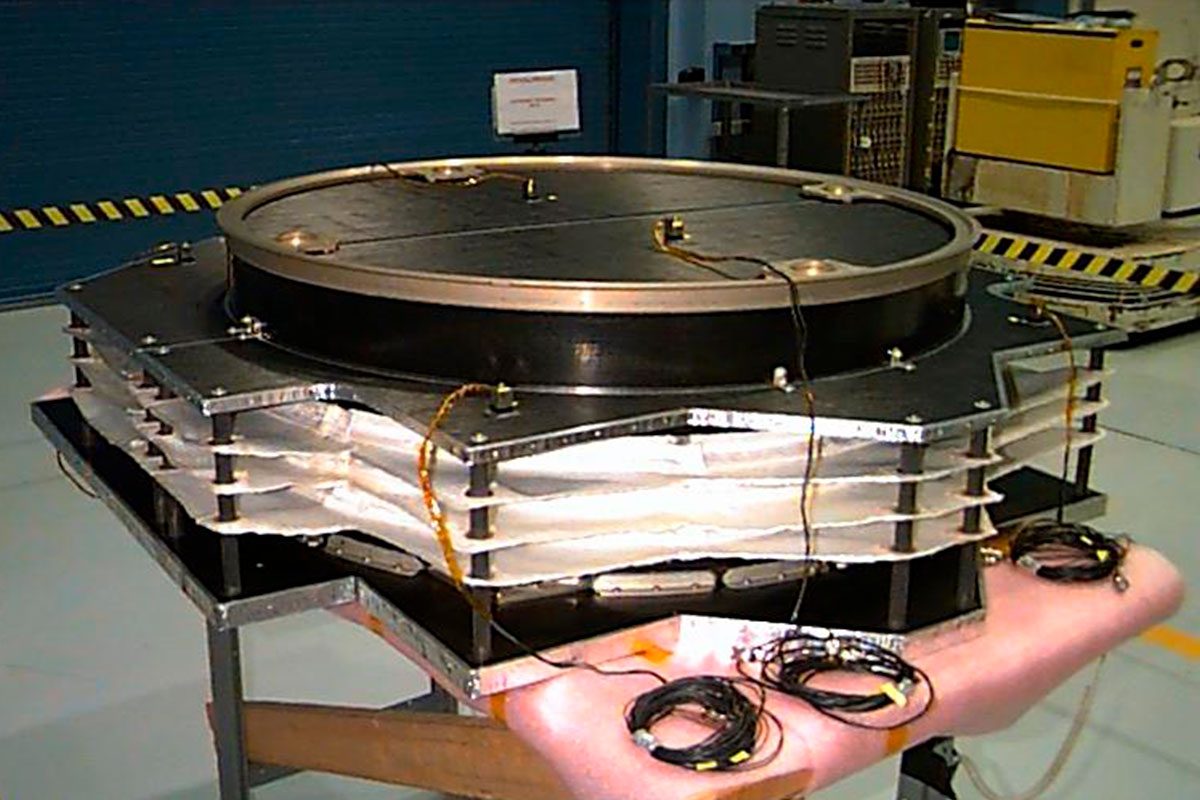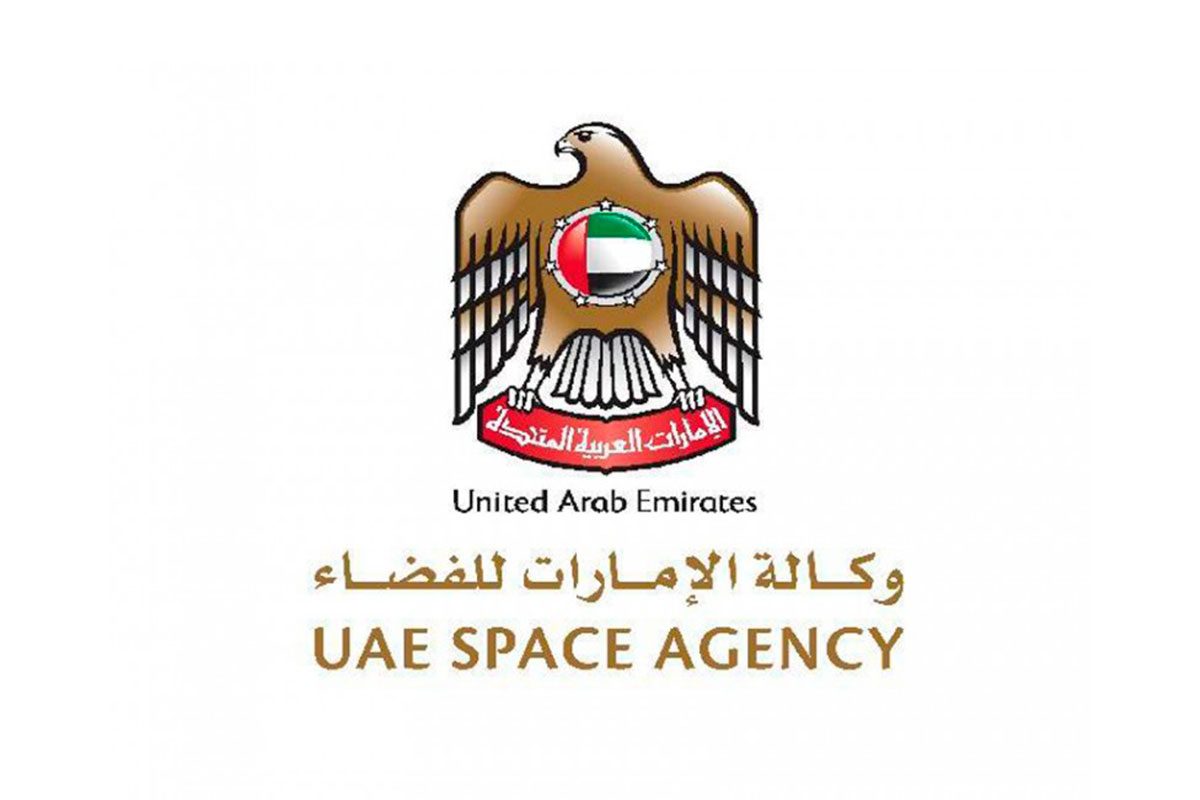A very interesting website
The European Space Agency (ESA) offers an interesting website for those who are fans of space science. Through it is possible for any Internet user to track some spacecraft launched by ESA. That would not be a fact to highlight, because there are other websites with this function, such as https://www.n2yo.com/
The ESA website, http://estracknow.esa.int , has a differential: it can monitor communication between spacecraft and ground stations, and also provides details regarding both of them.
One can choose the subject to monitor, selecting a mission name or a ground tracking station. Details related to the selected item are displayed and statistics on the contacts made between spaceship and ground are also available.
References
https://newatlas.com/space/esa-estracknow-tracking-tool/
https://www.sciencetells.co.uk/estrack-now-the-guide-estrack-operations-our-activities-esa/
https://sciencesprings.wordpress.com/2019/08/31/from-european-space-agency-track-our-spacecraft/
http://m.esa.int/Our_Activities/Operations/Estrack/ESTRACK_now_-_the_guide
https://newatlas.com/space/esa-estracknow-tracking-tool/
Saturn’s hexagon
Saturn’s hexagon was originally identified thanks to the images taken by the Voyager probes. It is a huge cloud formation in the north of the planet, about 13,800 km in diameter. Unlike the other clouds of the planet’s atmosphere, the hexagon does not show longitude variation. The history of the hexagon – which only exists in the north pole – the scientists had not yet reached a definitive explanation for the question.
Interestingly, since there are no solid, fixed natural formations on Saturn, it is difficult to calculate the length of a day (rotation time). Voyager 1 had collected data in the 1980’s, but faced with the measures made by Cassini (2000’s) it was identified a different of over over 6 minutes. Thanks to Cassini data it was possible to identify that the planet rotates once every 10h 39m 24s.
References
https://www.sciencealert.com/saturn-hexagon-jet-stream-towering-high-into-stratosphere-north-pole
https://earthsky.org/space/saturn-hexagon-tower-above-cloudtops
https://solarsystem.nasa.gov/missions/cassini/science/saturn/hexagon-in-motion/
Populating the Moon with tardigrades
The Israeli Beresheet spacecraft was launched on 22-Feb-2019 from the USAF base in Cape Canaveral by a SpaceX Falcon 9 B5 launcher. It was the “secondary” payload, the “main” being Indonesia’s PSN-6 geostationary communications satellite.
Beresheet was developed by SpaceIL to promote STEM (Science, Technology, Engineering, Math) teaching and learning. Its purpose was to land on our natural satellite: after launch, it was inserted into Earth orbit, and at each orbit it increased its apogee. This latter, in the fourth orbit, was so far away from Earth and so close to the Moon that the spacecraft was captured by our satellite’s gravity pull and entered lunar orbit (04-Apr-2019).
In this context it attempted to make a soft landing, but problems caused the spacecraft’s deceleration to be insufficient, and it impacted the lunar soil on 11-Apr-2019. End of the mission. In August 2019 it was revealed that the cargo included … tardigrades! The impact on the ground destroyed the artifact, and as a result the tardigrades were “released”, and settled into the lunar soil. The problem: such living organisms are extremely hardy under adverse conditions and are probably the new living “inhabitants” of the once barren Moon.
It is important to mention that Beresheet was not the first spacecraft to carry living beings of this species. Several other probes, and even manned missions, such as the ISS expeditions, took various species of living beings aboard to conduct various studies.
References
https://globalnews.ca/news/5730770/tardigrades-on-moon/
https://www.popsci.com/tardigrades-on-the-moon-alive/
https://www.bbc.com/news/newsbeat-49265125
A threat to Apollo 11 mission?
By early 1969 the space race was coming to an end. Two previous Soviet attempts to launch unmanned spacecraft to the Moon had failed, with missions which objective was go to the Moon, land, collect soil samples, and bring them to Earth. The most important of the task was the deadline: the samples had to be on Earth before the Apollo 11 astronauts would return to our planet.
The USSR’s last attempt to do so was the launch of Luna 15: it took place on 13-Jul-1969 – three days before the launch of Apollo 11. Luna 15 launch was successful, the spacecraft even entered lunar orbit, but during the landing procedure, when it was about 3 km high, communications ceased. The spacecraft probably collided with some Moon mountain.
As seen, the main issue of the mission is the coincidence of dates with the Apollo 11 mission, which put the first humans on the Moon. There was concern from the western media and the US government itself that Luna 15 might try, somehow, disrupt (or sabotage) Apollo 11.
Astronaut Frank Borman (Apollo 8), who had just arrived from an official trip to Russia from July 1 to 10, was responsible to ask the Soviets for information about Luna 15. In response to a call from Borman, Mstilav V. Keldysh , president of the Soviet Academy of Sciences, responded with a telegram in which he assured that the lunar probe would not interfere with the Apollo 11 mission.
References
https://www.rbth.com/history/330657-luna-15-secret-moonshot
https://www.washingtonpost.com/history/2019/07/19/soviets-tried-beat-apollo-they-crashed-spacecraft-moon-instead/?noredirect=on
Whipple shield
One of the biggest problems facing the development of probe Giotto, launched on 02-jul-1985 by ESA, was how to build a dust shield. It is estimated that when the spacecraft would be heading towards Halley, the combined velocity of the two bodies (Giotto x dust grains) would be about 245,000 km/h. At this speed, a grain of dust with 0.1 gram would impact the ship hard enough to penetrate 8 centimeters on a solid aluminum plate. With such a thick shield, the ship’s weight would be too much, and scientists sought another alternative.
The solution adopted was a concept devised in 1947 by astronomer Fred Whipple [1906-2004]: the shield consisted of two protective sheets, 23 centimeters apart. The sheet that received the first impact of the dust grains was 1 millimeter thick aluminum and vaporized the smaller particles. Larger particles that exceeded the first sheet impacted less strongly on the second sheet, which was 12 mm thick and made with kevlar (synthetic material used for example in bulletproof vests). The two sheets would be sufficient to support particles up to 1 gram in mass, 50 times faster than a bullet (about 1,700 km/h).
Referências
http://www.daviddarling.info/encyclopedia/W/Whipple_shield.html
https://swfound.org/media/50876/jiang_debrisshielding.pdf
United Arab Emirates in space
A small nation, but with high investment capacity. And among the areas chosen for investment, space is one of them.
Of the nearly two hundred countries on our planet, only a dozen are capable of building, launching, and tracking their space artifacts. Today, this is a key factor for a nation to have active voice in the international scenario.
About half of all countries have their own satellites orbiting our planet, but few have the know-how to build these artifacts.
The United Arab Emirates decided to solidly enter the space industry. In 2014 a government space agency, the United Arab Emirates Space Agency (UAESA) was born (website https://space.gov.ae/ ), and there are plans to send space probes to Mars. The idea is to launch the Hope spacecraft in July 2020, so that it will reach Mars and orbit that planet in July 2021, when the 50th anniversary of the founding of the UAE will be celebrated.
References
https://www.n2yo.com/satellites/?c=&t=country
https://www.idc.ac.il/he/research/ips/Documents/publication/5/ShaulShay-UAE-SpaceRace15.10.18.pdf
https://spacenews.com/uae-to-establish-space-investment-plan/
http://emiratesmarsmission.ae/

